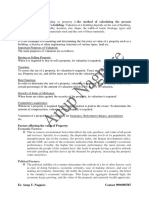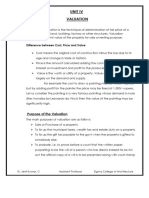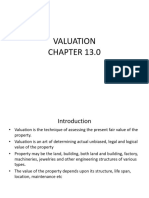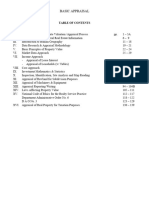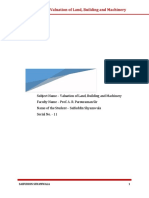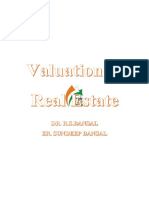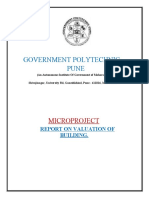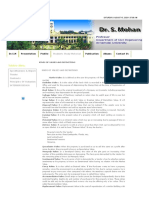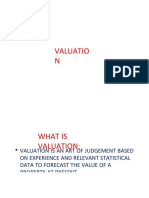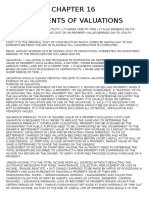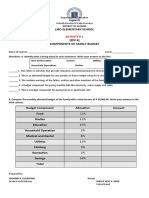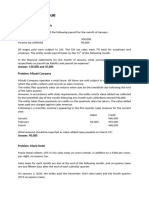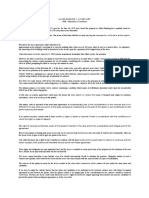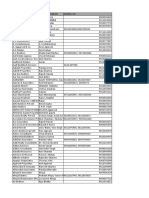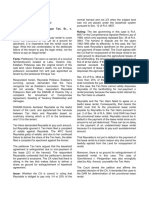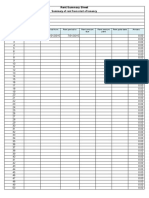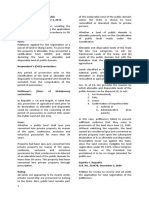0% found this document useful (0 votes)
13 views14 pagesMod 4 QSV Notes
The document provides an overview of real property valuation, defining key terms such as value, cost, and price, and detailing the purpose of valuation in various contexts like buying, selling, and taxation. It discusses different types of property values, including market value, book value, and various specialized values like potential and monopoly value. Additionally, it covers depreciation methods and calculations, emphasizing the importance of understanding these concepts for effective property management and investment.
Uploaded by
hmkyf8bxzrCopyright
© © All Rights Reserved
We take content rights seriously. If you suspect this is your content, claim it here.
Available Formats
Download as PDF, TXT or read online on Scribd
0% found this document useful (0 votes)
13 views14 pagesMod 4 QSV Notes
The document provides an overview of real property valuation, defining key terms such as value, cost, and price, and detailing the purpose of valuation in various contexts like buying, selling, and taxation. It discusses different types of property values, including market value, book value, and various specialized values like potential and monopoly value. Additionally, it covers depreciation methods and calculations, emphasizing the importance of understanding these concepts for effective property management and investment.
Uploaded by
hmkyf8bxzrCopyright
© © All Rights Reserved
We take content rights seriously. If you suspect this is your content, claim it here.
Available Formats
Download as PDF, TXT or read online on Scribd
/ 14




















